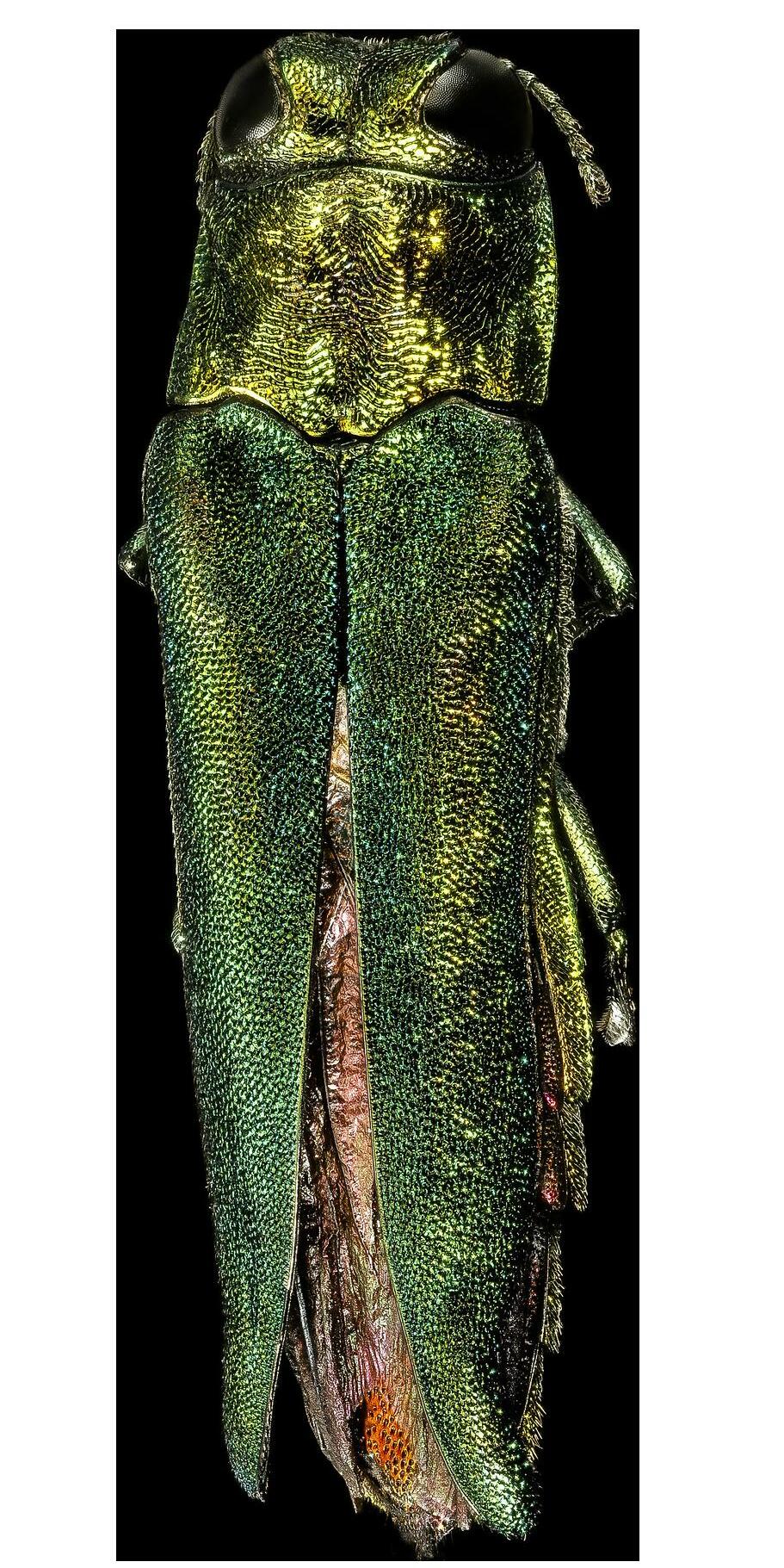
1 minute read
Emerald Ash Borer Update
BY SUZANNE TELLER Outreach Coordinator, Luckiamute Watershed Council
You may have already heard the devastating news about the very first report of the Emerald Ash Borer (EAB) in Oregon - just 60 miles north of the Luckiamute and Ash Creek watersheds in Forest Grove. This exotic wood-boring beetle is considered one of the most destructive forest insects in U.S. history, and has killed hundreds of millions of ash trees throughout 35 U.S. states and 5 Canadian provinces. Oregon ash (Fraxinus latifolia) is the only native ash found in our watershed, and it is highly susceptible to EAB. Without intervention, this invasive insect could ultimately cause the extinction of Oregon ash trees.
Advertisement
Although we are extremely saddened and disappointed that the EAB has reached Oregon, the news does not come as a shock. The Oregon Department of Forestry, as well as many other state and local agencies and organizations have been expecting this day to come and preparations have been underway for some time now - including gathering and saving Oregon Ash seeds from a wide variety of locations. For the past few years, the Luckiamute Watershed Council has also been preparing for the arrival of EAB by decreasing the proportion of Oregon ash planted within our restoration areas and continuing to monitor our project sites for any sign of this pest. Additionally, we are helping to get the word out about EAB, and working on the development of a rapid response protocol in the event that we do identify EAB within any of our project sites and need to remove them and replant with another species.
The best way to help minimize the damage caused by EAB is to remain vigilant, immediately remove any infested trees, and report any new sightings to the Oregon Invasive Species hotline. EAB can also infest other trees in the ash family, including olive trees and white fringetree (Chionanthus virginicus). If you have either of these species on your property, be sure to keep an eye out for signs of infestation, such as the telltale “D” shaped exit holes.
Adult EAB is ½” long
Photo file
For more information
More details, identification tips, and instructions for reporting EAB are found on the Oregon State University Extension website at: https://extension.oregonstate. edu/announcements/emerald-ash-borer-detected-oregon-be-alert-report-sightings








